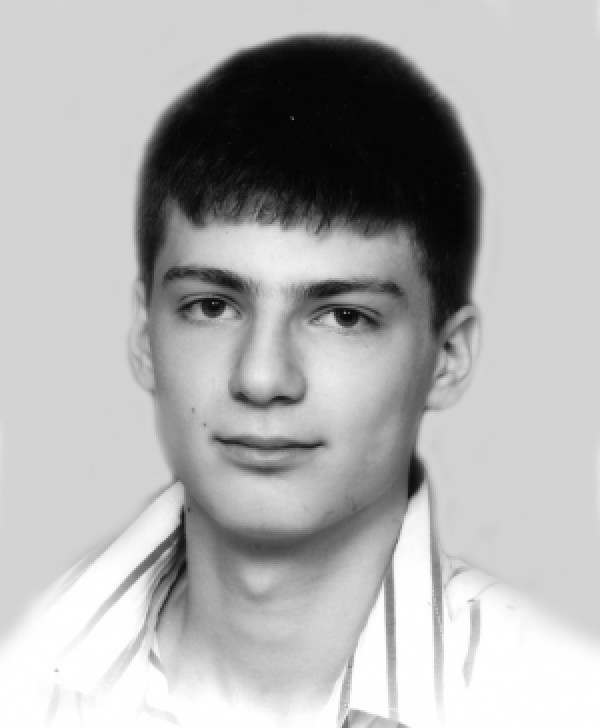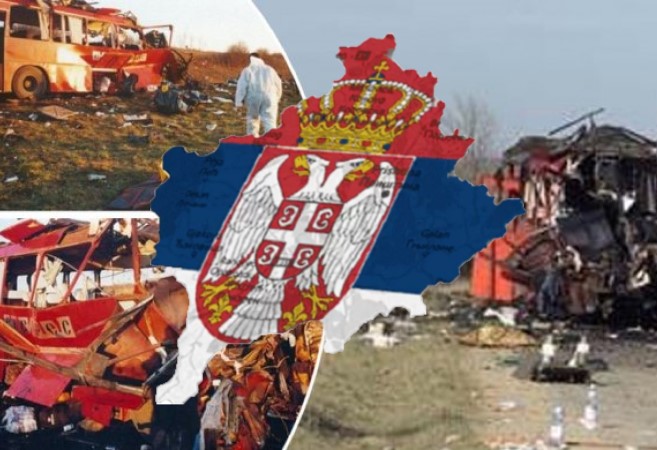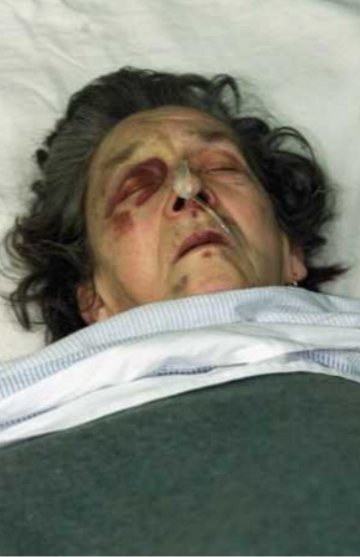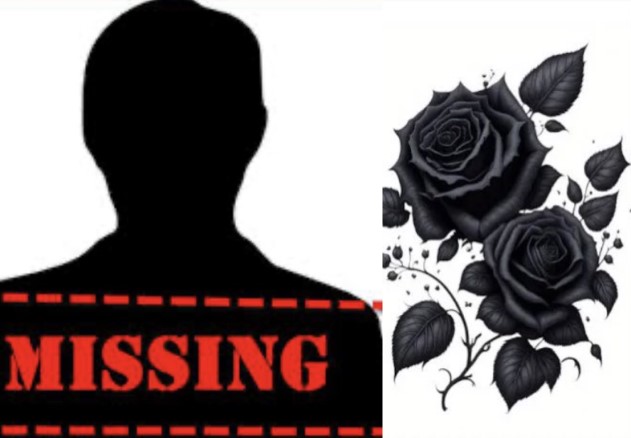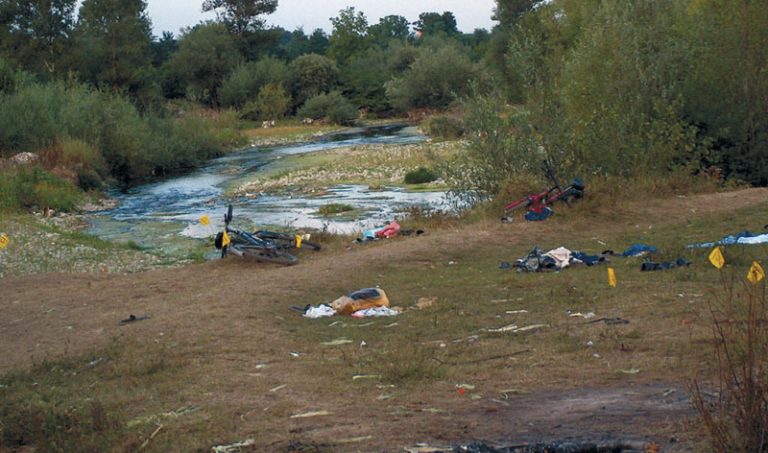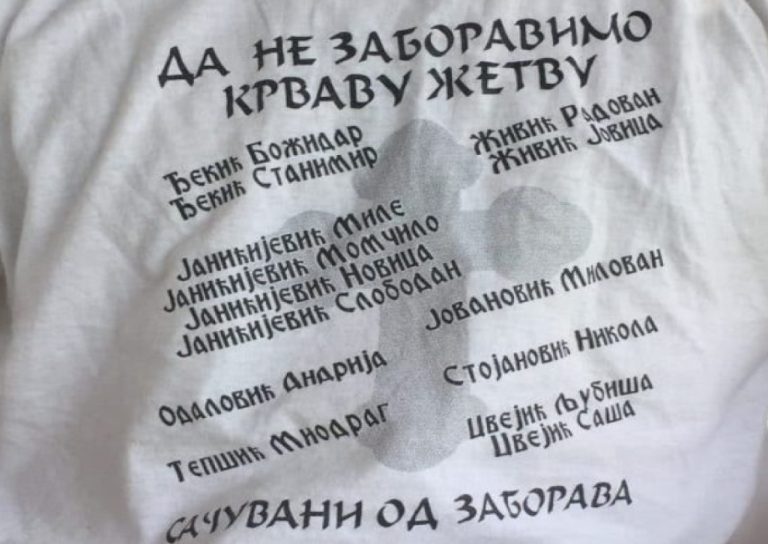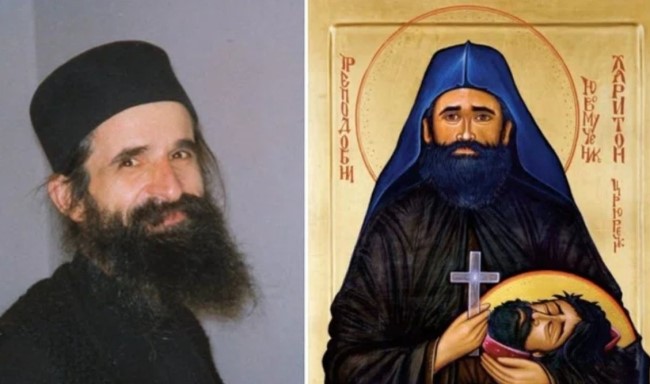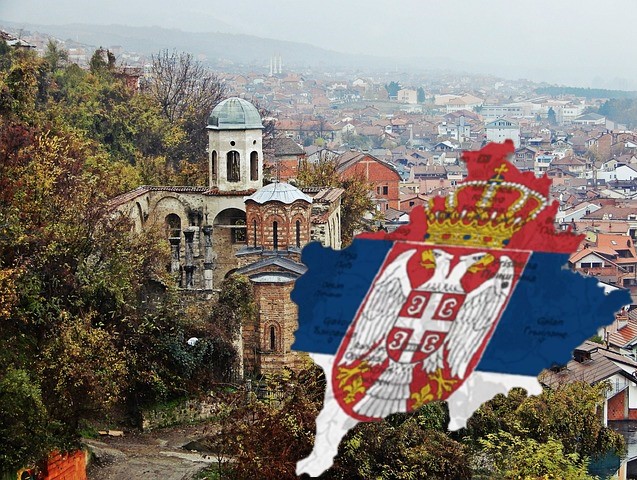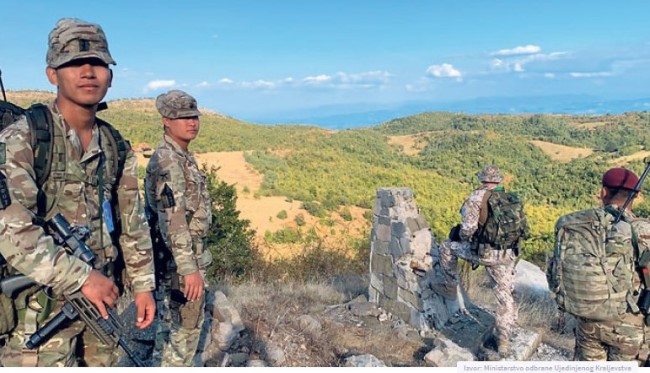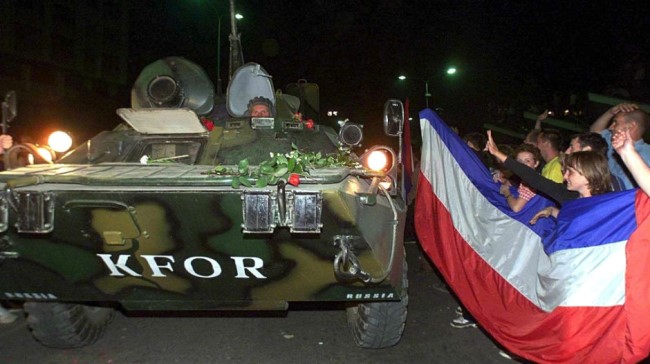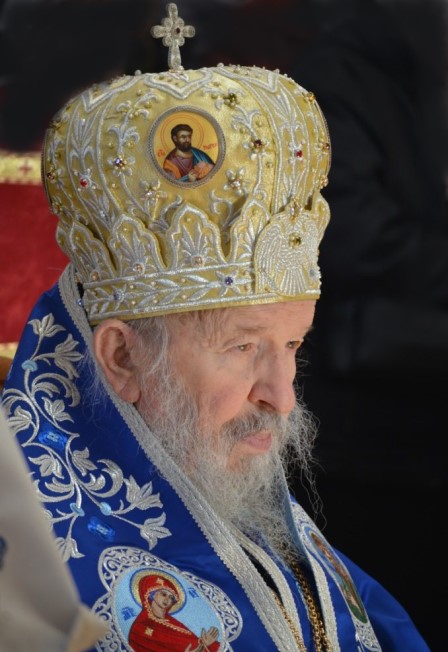
His Eminence Bishop Artemije
(15. 01. 1935 - 21. 11. 2020)
Bishop Artemije (Marko Radosavljević) was born on January 15, 1935, as the sixth of seven children of the Radosavljević couple, in Lelić near Valjevo, on the day of the Feast of the Epiphany (St. Seraphim of Sarovsk).
He finished primary and secondary school in his native village, junior high school in Valjevo, and after serving two years of military service, he entered the seminary in Belgrade.
His worldly journey from early youth, dedication to the church and religion, as well as his entire spiritual life are closely related to the feast of Saint Michael the Archangel.
After finishing the theological faculty, he went to his priest, Archimandrite Justin Popović, in the Ćelije monastery near Valjevo, not far from his native Lelic. He was ordained a monk in that monastery in 1960 on the eve of Arandjelovdan, and exactly 4 years later, also on Arandjelovdan, he was ordained as a hieromonk in the Krka monastery. From this monastery, he went to post-graduate studies in Athens, where he defended his doctoral dissertation on the topic "The Secret of Salvation according to Saint Maximus the Confessor". With a defended dissertation in 1977, he became a lecturer at the Prizren Theological Seminary.
After a year of work in the Prizren Seminary, with the blessing of Ava Justin and the then Bishop of the Raška-Prizren Diocese Pavle, as an archimandrite, he became abbot in the Crna Reka monastery in Ibarski Kolašin, which was about to be closed and which was dedicated to Archangel Michael. During his 13 years of ministry in Crna Reka, from 1978 to 1991, he restored monasticism and started the entire spiritual renewal in the parish church life. In a very short time, the Crna Reka monastery became a nursery from which many monks, after their probationary life and ordination, were assigned to sanctuaries throughout the eparchy. The diocesan magazine "Sveti Knez Lazar" and the publishing activity were launched in the mentioned monastery.
In May 1991, in Crna Reka, he received the news that he had been elected as the new Bishop of the Eparchy of Raška-Prizren, and he entered this position after his ordination in the Peć Patriarchate on June 23, 1991.
Since then, he began to work on the spiritual renewal of the diocese by introducing free baptisms and weddings, mandatory confession before communion, and the prohibition of communion for all unmarried persons.
Statistics say that he was the one who ordained between 20 and 25% of the total monasticism of the Serbian Orthodox Church today.
Under his administration, the number of female monastics in the diocese increased considerably, which led to the restoration, renovation, and conservation works in the Sokolica monastery in the period from 1995 to 1996, and in the atar of the village of Ulije, above Leposavić, with the construction of a dormitory in 2007 and the moving in of nuns. the Monastery of Saint Petka begins to live actively. After 520 years, he restored monasticism in the Banjska monastery in 2004, and in 2006 he initiated the restoration of the church itself and the monastery complex in Banjska.
In addition to his episcopal duties, he was very dedicated to pastoral and theological work and translating the Holy Father's literature. He remained unwaveringly on the path of the Orthodox Holy Fathers, relying to a great extent on the hesychastic monastic tradition and the rich spiritual tradition of Saint Bishop Nikolaj and Reverend Father Justin Popović.

